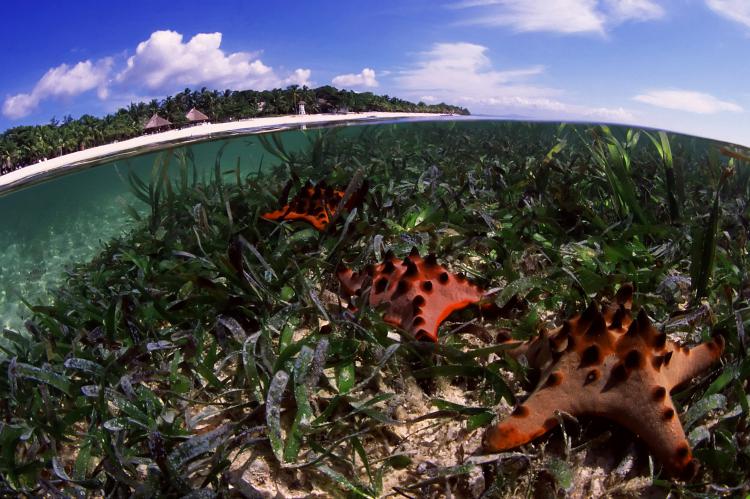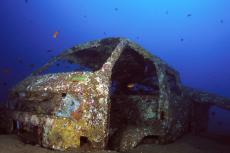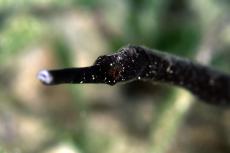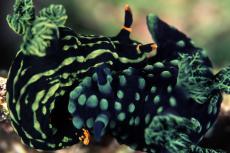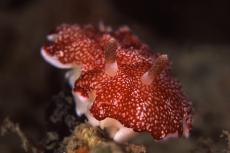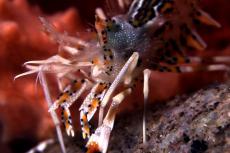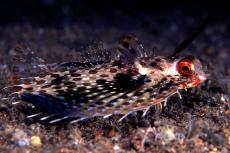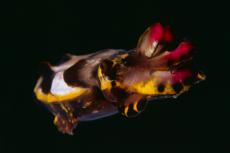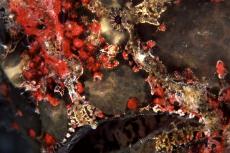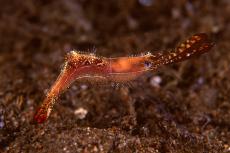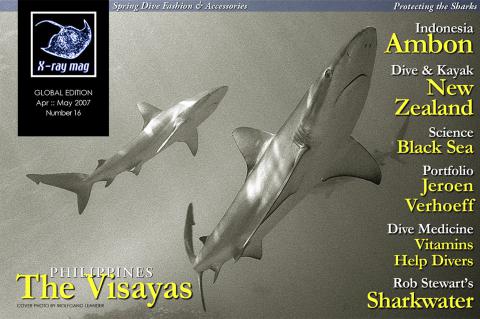Philippines: Diving the Visayas
The “Visayas” is a group of islands that comprises the central portion of the Philippine archipelago. A few Visayan islands are popular among travelers, such as Cebu and Boracay; while the majority remain low-profile but nonetheless exquisite. I have been regularly diving in the Visayas during the last six years.
Tags & Taxonomy
Malapascua Island
Malapascua Island can be reached in four hours travel by land, plus a half-hour by boat northwards from Cebu City. It is not a difficult journey. Roads are mostly paved, and transportation facilities are very accessible. There are several dive sites around the island, but the main attraction is Monad shoal where there are daily sightings of thresher sharks. Each dawn, the sharks approach from the deep onto the shoal for routine cleaning by small cleaner fishes.
The thresher sharks linger around, while divers enjoy the spectacle. Soon thereafter, the sharks head back into the deep. After the early morning encounter with the sharks, the rest of the day can be spent diving nearby sites that showcase a lush variety of corals and marine inhabitants such as grey bamboo sharks, white tip sharks, snake eels, seahorses, nudibranchs, sea hares, lionfishes, mantis shrimps, and all sorts of crabs. There are at least a dozen dive sites, and that justifies three to four days of diving on Malapascua Island.
Cabilao Island
Cabilao Island can be reached in two hours of travel southwards (by land) plus another hour (by boat) from Cebu City. Upon reaching the island, visitors can feel its intense serenity. Life here is extremely laid-back. This atmosphere compliments the exotic nature of the marine life, which makes Cabilao a fascinating place for underwater photographers.
The popular subjects include the bend stick pipefish, pygmy seahorse, dragonet, Pegasus sea moth, stargazer, cockatoo waspfish, marbled snake eel, etc. These creatures can be easily found with the help of the local dive guides who have an astonishing ability to spot them. There are seven dive spots around Cabilao Island and two to three days stay on the island is ideal.
Balicasag & Panglao
A few hours from Cabilao is the island of Balicasag, which has at least five dive sites. Here, I find an abundance of fish including schools of barracuda and jacks. This is a good place for wide-angle photography. Also, macro subjects abound particularly nudibranchs of the genus Nembrotha. Another observation is the unusual plumpness and size of the Nembrotha nudibranchs in this area, some close to 100 centimeters in length. They seem to thrive very well because of the abundance of sea squirts upon which they feed.
Adjacent to Balicasag is the Panglao Island, which has a dozen dive sites. The island is also host to a number of well-run resorts that are located along the white sand beaches. Three to four days of diving around the islands of Balicasag and Panglao is recommended. While in Panglao, it is best to take a land tour of the main island of Bohol. This part of the Philippines is one of the richest in terms of culture and history. After Balicasag, Panglao and Bohol, the next destination is Dauin.
Dauin
Dauin is a small coastal town in the south-east portion of the Negros Island accessible by boat from Bohol. The travel is about an hour and a half. The town maintains a marine sanctuary where scuba divers come to see bizarre critters such as the Ambon scorpionfish, striated frogfish, horned bumblebee shrimp, flamboyant cuttlefish, mimic octopus, flying gurnard, napoleon snake eel, velvet fish, etc. There is not much coral cover at Dauin.
It is largely sandy. But because it hosts an interesting array of interesting subjects, this site is a favorite among serious underwater photographers and muck divers. Fortunately, the local dive guides here are masters in spotting these creatures. There are a few dive sites close to Dauin that also generate surprise finds of rare critters. Thus, a one to two weeks stay in the area is highly recommended (...)
Download the full article ⬇︎
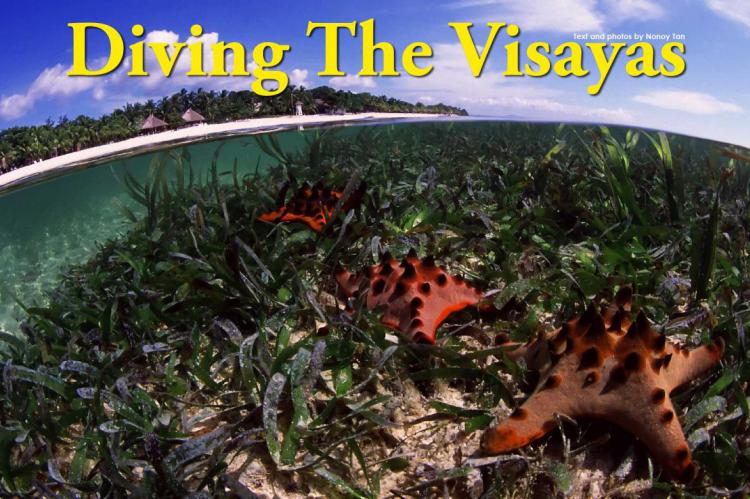
Originally published
X-Ray Mag #16
PHILIPPINES - Diving the Visayas. AMBON - the spice islands in Indonesia. Protecting the Sharks: Wolfgang Leander + Rob Stewart/Sharkwater movie. Divemedicine: Why antioxidants protects divers. NEW Zealand - land of the Kiwis. Rebreathers: Comfort and Efficiency. WHY shoot video. SPRING DIVE Fashion. Science: The Black Sea. New Equipment. Report from Moscow.


